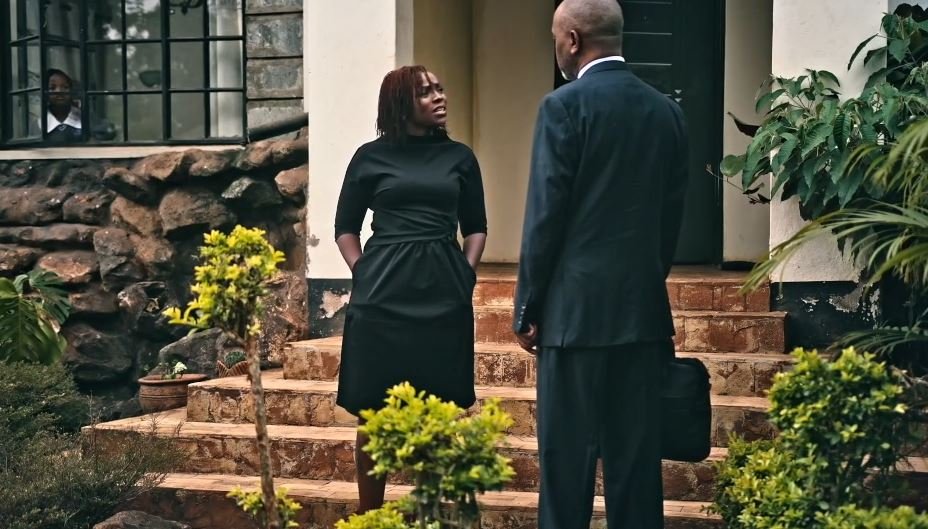Moto G84 5G: The Budget Gaming Phone Delivering Reliable Performance Under $300 in 2025
In the budget smartphone landscape of 2025, the Moto G84 5G remains a standout for gamers who want dependable play without splashing on flagships. Launched in 2023 and now available for around $250, this 6.55-inch mid-ranger from Motorola packs a Snapdragon 695 chipset and a stunning pOLED display that punches above its price for titles like PUBG Mobile and COD Mobile. If you’re after an affordable device that handles casual sessions smoothly—without the overheating woes of cheaper options—the G84 5G keeps you in the action affordably. Here’s why it’s a smart gaming pick this year and who it truly suits.
Balanced Performance: Snapdragon 695 for Smooth Casual Gaming
The Moto G84 5G’s Snapdragon 695 (6nm octa-core with Adreno 619 GPU) delivers solid mid-range power, especially when paired with up to 12GB of LPDDR4X RAM and 256GB UFS 2.2 storage (expandable via microSD). It clocks AnTuTu v10 scores around 375,632 and Geekbench 6 multi-core at 2,028, making it capable for multitasking and quick game loads without major lags.
In real-world tests, it shines for casual play: PUBG Mobile runs at 40-60fps on medium to high settings with stable frames, while COD Mobile holds 50-60fps for quick matches. Genshin Impact is playable at 30fps on medium graphics, though it throttles slightly after 20-30 minutes—nothing a pause can’t fix. Motorola’s Gametime app adds boosts like frame rate forcing and notification blocking, and the device’s thermal management keeps temps in check with gradual throttling, avoiding stutters in lighter sessions. It’s no powerhouse for ultra settings, but for everyday frags, it outperforms many sub-$300 rivals.
Immersive Display: 120Hz pOLED for Fluid Visuals
A great screen elevates any game, and the G84 5G’s 6.55-inch pOLED panel is a highlight. With FHD+ resolution (1080 x 2400), 120Hz refresh rate, and up to 1,300 nits peak brightness, it delivers vibrant colors, deep blacks, and HDR10+ support—perfect for spotting details in dim PUBG zones or racing in Asphalt 9. The 240Hz touch sampling ensures responsive swipes, giving you that edge in fast-paced action.
Slim bezels and Gorilla Glass 5 protection make it comfy for landscape mode, while the adaptive refresh saves battery without sacrificing smoothness. In this price range, it’s a step up from LCD screens, pulling you deeper into immersive worlds without glare or lag.
Endurance Built In: 5,000mAh Battery for All-Day Sessions
Battery life can make or break a gaming streak, and the G84 5G’s 5,000mAh cell is a reliability champ. It powers 6-7 hours of moderate gaming like extended COD runs, stretching to a full day-plus of mixed play with 40% left—thanks to the efficient Snapdragon chip. Lighter titles like Pokémon GO cruise at 120fps for hours without worry.
30W TurboPower charging refills to 50% in about 25 minutes (charger included), so you’re back queuing fast. No wireless here, but for budget gamers, this setup means fewer interruptions and more focus on the wins.
Who Is the Moto G84 5G Best For?
This phone is ideal for budget casual gamers—students, commuters, or squad players on a $250-300 limit who want 40-60fps reliability in PUBG or COD without bloat or burnout. It’s a great fit if you value a premium-feeling pOLED screen, clean Android 13 (upgradable to 14 with three years of support), and IP54 durability for daily life. Hardcore enthusiasts grinding Genshin at max should eye the Moto G Stylus 5G for more grunt, but for value-driven fun in 2025, the G84 5G is your go-to everyday gamer.
The Moto G84 5G keeps budget gaming accessible and enjoyable, blending style, stamina, and smarts seamlessly. Grab one, tweak Gametime, and jump in—your next casual conquest is smoother than ever.
SARABI MAISHA MAGIC PLUS SEASON 1 EPISODE 106










You must be logged in to post a comment.